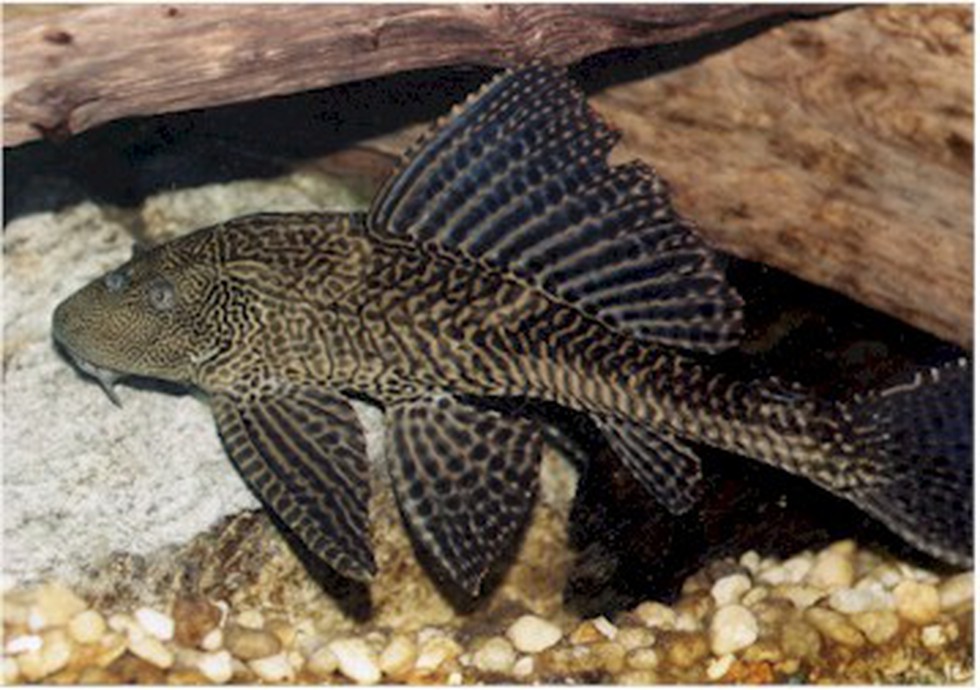About Armoured Sailfin Catfish:
- It is commonly referred to as the Rakashior devil fish. Scientifically known as Pterygoplichthys and is an invasive species.
- It possesses an uncanny ability to subsist on a diverse diet and can endure oxygen-deprived conditions. It can even navigate on land using its powerful fins. It was once introduced for its unique appearance and its ability to clean algal growth in tanks and aquaria.
- Out of the 14 species listed as invasive by the National Biodiversity Authority (NBA) of India, six were introduced solely for the ornamental fish trade.
- Among those six listed species, four belong to Pterygoplichthys, remarking it to be one of the most invasive genera of fish.
- It has garnered notoriety due to its lack of commercial value, formidable sharp spines, and robust body, which pose a threat to fishing nets and have even caused injuries to fishermen in some instances.
- Impact on biodiversity: It is known to voraciously consume native fish species, jeopardizing the delicate aquatic ecosystem.
- Its population has grown exponentially and this was realised through a unique ‘eDNA-based quantitative PCR assay’ developed by the institute scientists to map the presence and spread of such invasive species,
What is eDNA?
- Environmental DNA (eDNA) is DNA shed by all organisms into their surroundings through natural processes during their lifetime or after death.
- Source:It originates from cellular material shed by organisms (via the skin, excrement, etc.) into aquatic or terrestrial environments that can be sampled and monitored using new molecular methods.
